Hawaii Kona Coffee How to brew better Hawaii Kona Coffee Brewing Tips Introduction
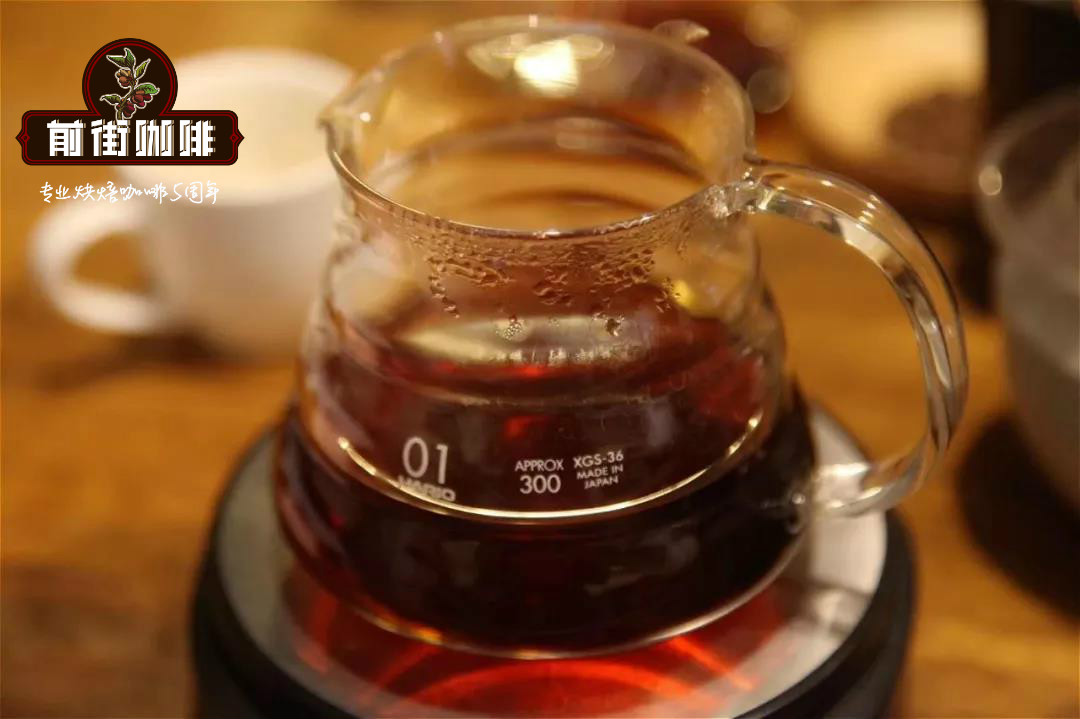
Professional coffee knowledge exchange more coffee bean information please follow the coffee workshop (Wechat official account cafe_style)
Hawaii is a coffee-producing area that produces the world-famous Kona coffee. Qianjie naturally will not miss this characteristic coffee, the introduction of coffee from the kona producing area, medium and deep roasting can provide a very mellow taste and sweet finish. The palate is complex and rich, with the mellow thickness of nuts and milk chocolate, and the sweetness of tropical fruits, mild and bright on the palate. I'm sure you all want to know the story about Kona, Hawaii, so Qianjie will share it with you.
Hawaiian Kona coffee beans are grown along the western coast of the Big Island of Hawaii and are bred in the unique fertile volcanic soil. Known for their exquisite quality and elegant and delicate flavor, Hawaii Coffee beans are another top representative of the world coffee map, almost comparable to the Blue Mountains in terms of rarity or cost. Coffee beans grow in a period of time, and the places that have grown this year will not grow again next year, so the branches will grow longer and longer, one at a time, and of course they will mop the floor when they grow a long time. So the whole tree is cut down about every five or six years, but the roots are reserved for it to grow again.
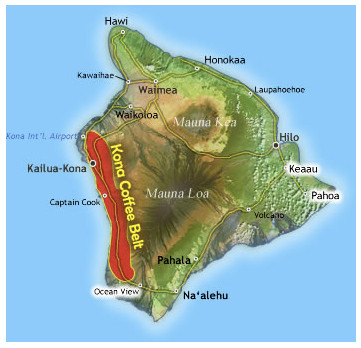
Coffee trees don't really need to be taken care of. KONA Coffee is famous because it is only suitable for growing coffee in the "certain mountain area" of KONA. Partly because of the volcanic soil properties of Hawaii, and partly because of the wonderful weather in KONA, which is sunny during the day but showers begin after noon, these coffee trees can grow well without watering! In addition, kona coffee and Blue Mountain coffee actually use the same Arabica (Arabica) tree species, but because of climate, altitude, soil differences give it a completely different flavor.
Like other parts of the Hawaiian Islands, the island also provides ideal climatic conditions for the cultivation of coffee beans. But the coffee beans produced by that are different, and it has a good reputation as "worldwide coffee". This is probably due to the fact that Kona Island is rich in volcanic black mud with moderate acidity, rich mineral content and suitable water content. And every afternoon, a cloud floats over the island to block out the sun to protect fragile coffee saplings.
All right, it's time for coffee to be brewed on the front street.
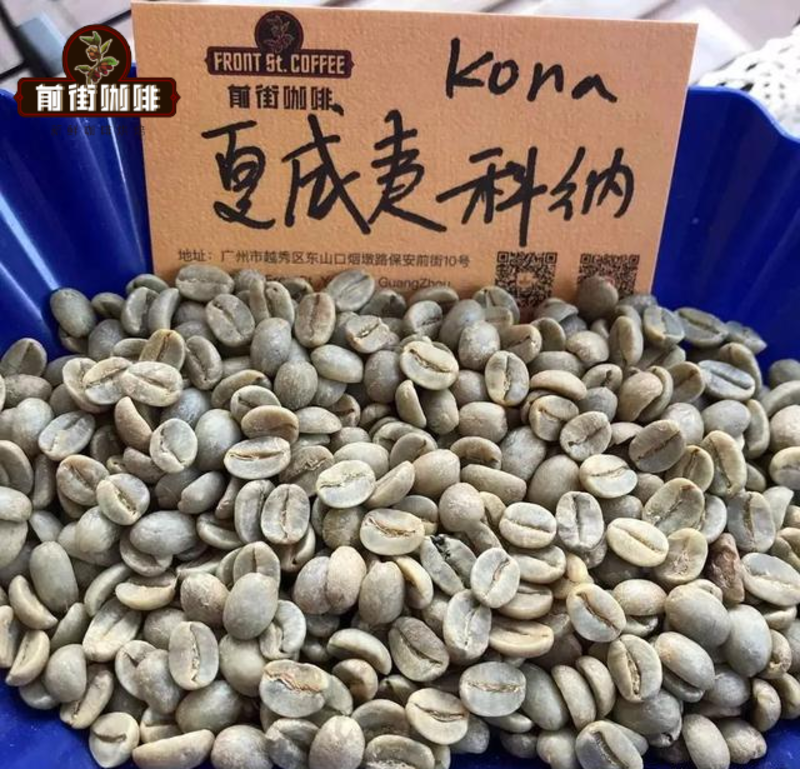
Take Qianjie Coffee Hawaii Kona Coffee as an example
Producing area: Kona, Hawaii
Farm: Queen's Manor
Altitude: 1100 m
Variety: iron pickup
Treatment method: washing treatment method
Qianjie coffee roasting suggestion machine: Yang family 800N, raw beans 550g
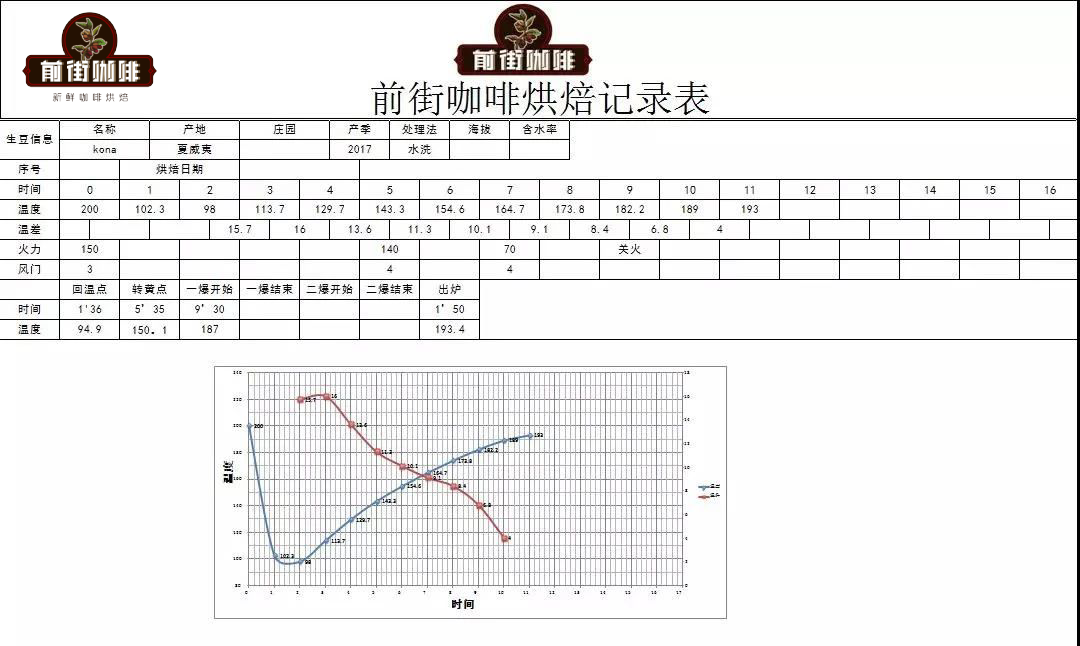
Kona coffee beans are extremely plump, round in shape and bright in color, worthy of the name of "the most beautiful coffee beans in the world". In order not to destroy its beautiful appearance and to highlight its rich nectar and sweet flavor, Qianjie coffee is moderately roasted. Enter the bean temperature: 200℃, turn yellow point: 5 times 39, 35 ", 150.1 ℃, burst point: 9 million 39, 30", 187 ℃, develop 1: 50 "after one explosion, 193.4 ℃ out.
Suggestion on brewing coffee in Qianjie
Filter cup: Hario V60
Water temperature: 90 ℃
Amount of powder: 15g
Powder / water ratio: 1:15
Degree of grinding: medium and fine grinding (BG#6S)
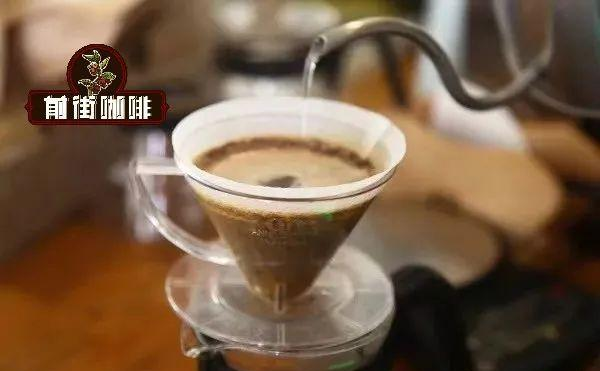
The method of brewing coffee in the front street
Segmented extraction
Steam with 30 grams of water for 30 seconds, small water flow around the circle to 125 grams for sectional injection, water level drop is about to expose the powder bed, continue to inject water to 225 grams to stop injection, and so on when the water level drop is about to expose the powder bed, remove the filter cup, (steaming starts timing) the extraction time is 2 minutes 39 percent 00 ".
Flavor description: balanced and warm sweet-scented osmanthus honey and elegant and full taste, brewing coffee gives off mulberry aroma which makes people feel sweet and happy, and the aftertaste has a soft malt taste, which is cold like a cup of mulberry tea.
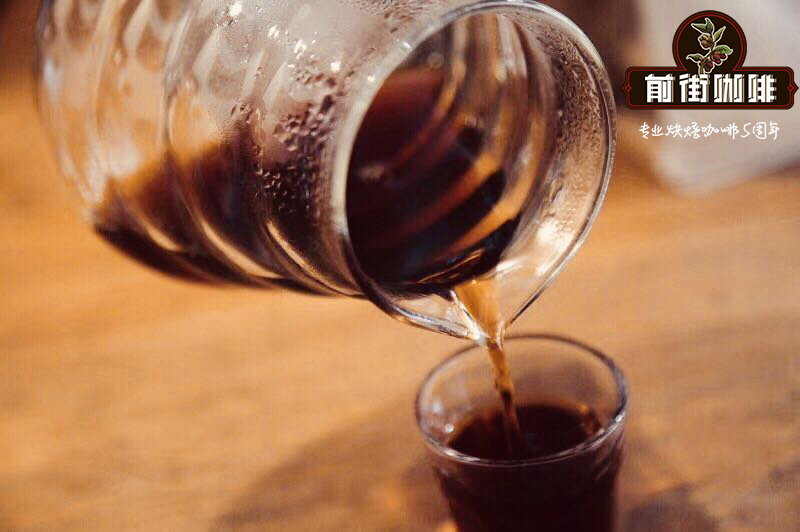
Important Notice :
前街咖啡 FrontStreet Coffee has moved to new addredd:
FrontStreet Coffee Address: 315,Donghua East Road,GuangZhou
Tel:020 38364473
- Prev
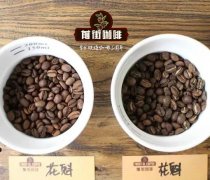
Where does Hawaiian Coffee grow? cultivation of Hawaiian Kona Coffee
Professional coffee knowledge exchange more coffee bean information Please follow Coffee Workshop (Wechat official account cafe_style) the tourism industry in Hawaii is developed, visitors can visit the coffee farm, see or participate in various processes such as coffee harvest, bean processing, roasting and grinding, and make a cup of coffee that is really their own. In the Kona area, there are about 600 independent
- Next
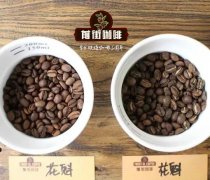
Introduction of Yemeni Coffee recommendation and description of Flavor characteristics of Yemeni Coffee beans
Professional coffee knowledge exchange more coffee bean information Please follow the coffee workshop (official Wechat account cafe_style) although the wave of boutique is the revival of technology replacing machinery, but the dominant supply and demand is still inseparable from the market
Related
- Detailed explanation of Jadeite planting Land in Panamanian Jadeite Manor introduction to the grading system of Jadeite competitive bidding, Red bid, Green bid and Rose Summer
- Story of Coffee planting in Brenka region of Costa Rica Stonehenge Manor anaerobic heavy honey treatment of flavor mouth
- What's on the barrel of Blue Mountain Coffee beans?
- Can American coffee also pull flowers? How to use hot American style to pull out a good-looking pattern?
- Can you make a cold extract with coffee beans? What is the right proportion for cold-extracted coffee formula?
- Indonesian PWN Gold Mandrine Coffee Origin Features Flavor How to Chong? Mandolin coffee is American.
- A brief introduction to the flavor characteristics of Brazilian yellow bourbon coffee beans
- What is the effect of different water quality on the flavor of cold-extracted coffee? What kind of water is best for brewing coffee?
- Why do you think of Rose Summer whenever you mention Panamanian coffee?
- Introduction to the characteristics of authentic blue mountain coffee bean producing areas? What is the CIB Coffee Authority in Jamaica?

